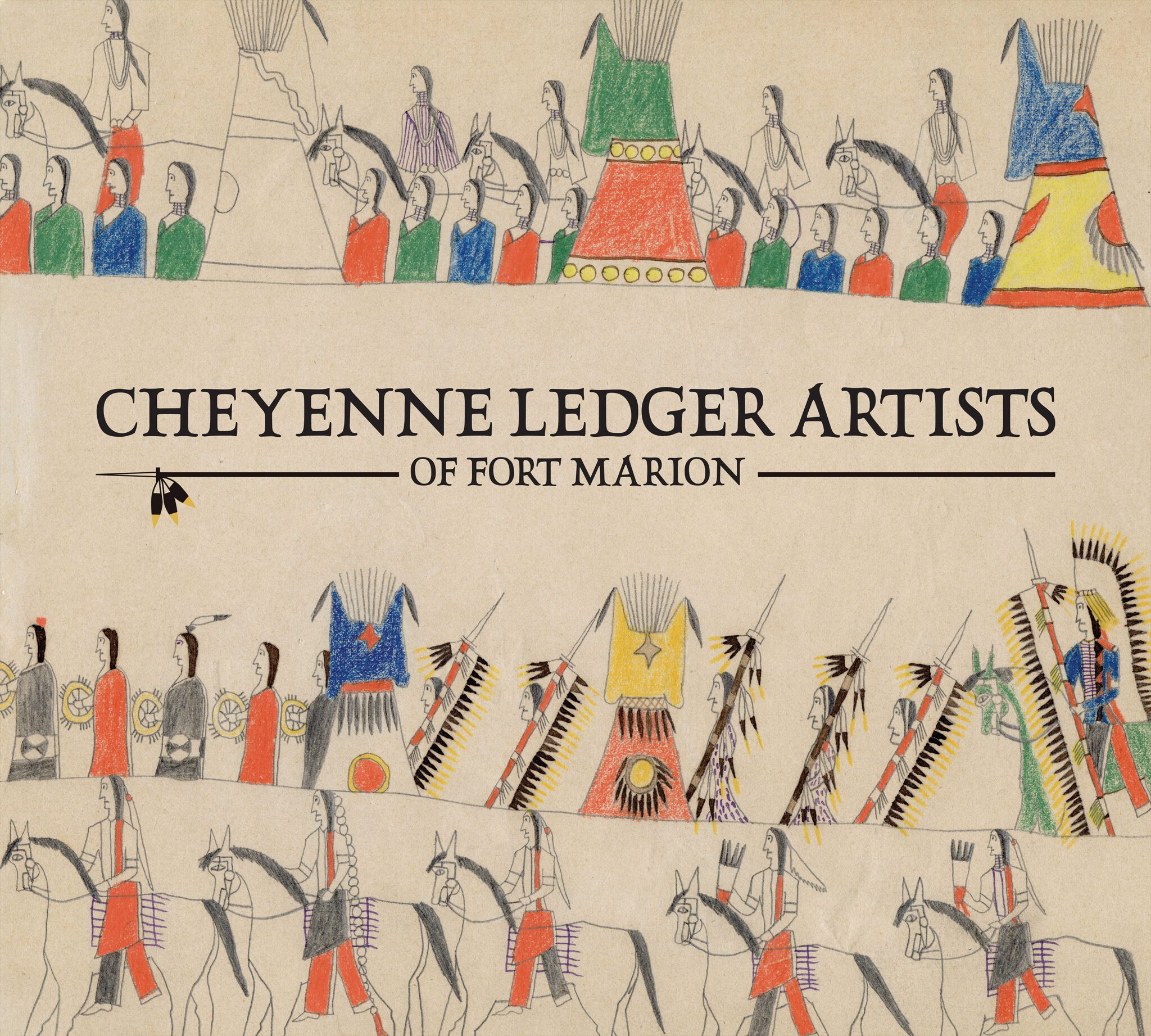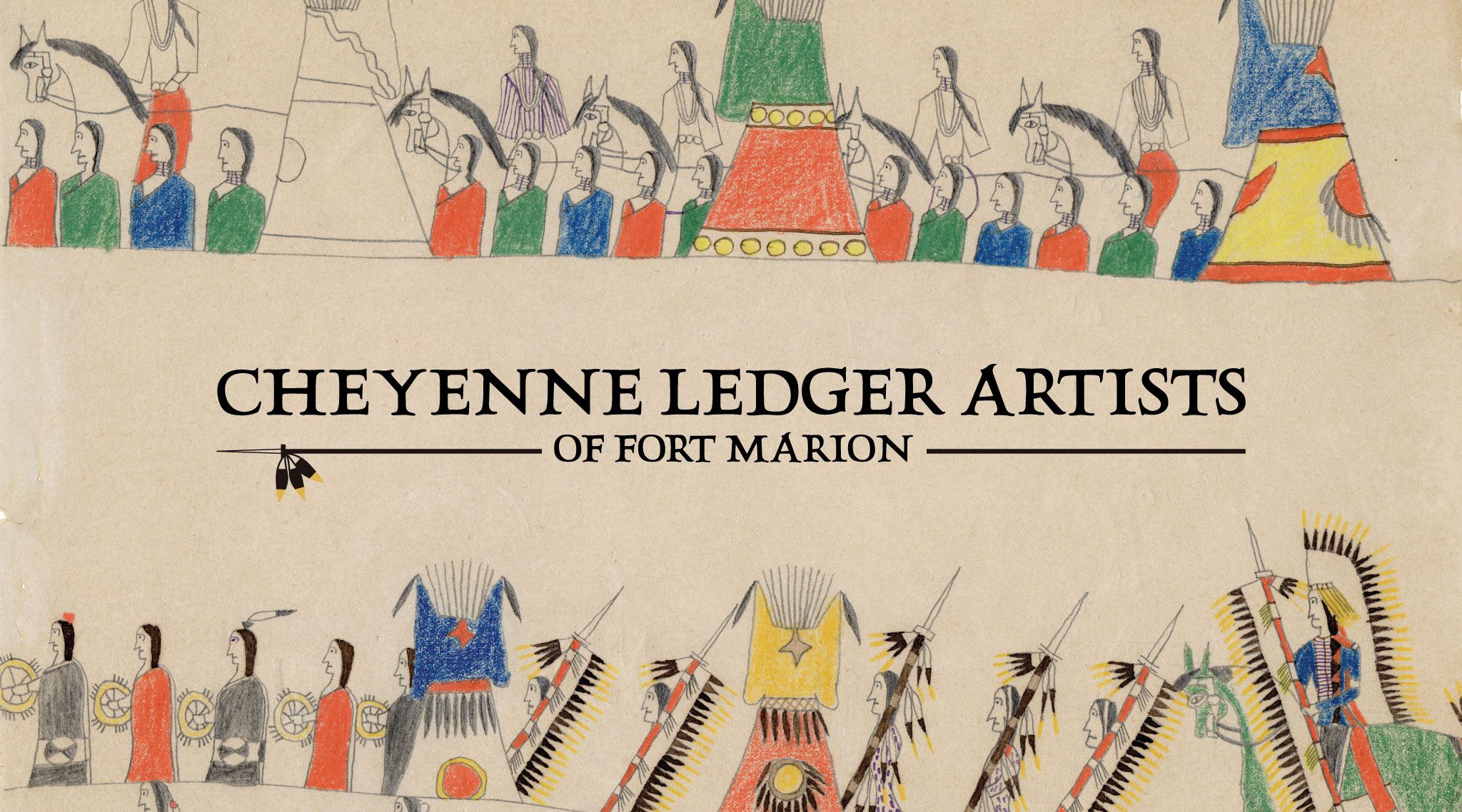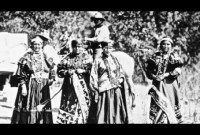
Echoes on Paper: The Enduring Spirit of Cheyenne Ledger Art
In the annals of Native American art, few forms speak with as much poignant clarity and resilient spirit as ledger art. Born from a crucible of immense cultural upheaval and resource scarcity, this unique artistic tradition transformed mundane accounting paper into vibrant canvases, preserving the stories, histories, and very souls of Plains Indian peoples. Among these, the Cheyenne — both Northern and Southern branches — stand out as prodigious and profoundly influential practitioners, their ledger art serving as a testament to an indomitable will to survive, adapt, and continually assert their identity.
The origins of ledger art are inextricably linked to a period of profound trauma and transformation for the Plains tribes. By the late 19th century, the buffalo, the lifeblood of their nomadic existence, had been decimated. Traditional art forms, once painted on buffalo hides, tipis, and clothing, suddenly lacked their primary medium. Simultaneously, the Plains Wars led to forced relocation onto reservations, imprisonment, and the systematic suppression of Native cultures. It was in this environment that an unlikely new canvas emerged: the pages of ledger books, government documents, and other discarded paper, acquired through trade, capture, or even pilfering from military outposts.
"Imagine," says Dr. Sarah Jenkins, a curator specializing in Native American art, "a people whose entire artistic and historical record-keeping tradition was suddenly stripped away. And then, out of necessity, out of a sheer human need to create and remember, they turn to these strange, foreign materials – paper, pencils, crayons, even ink from pens. It’s an incredible story of adaptation."

Early ledger art, dating primarily from the 1860s through the 1890s, often served as a visual diary for incarcerated warriors. Notable examples come from Fort Marion in St. Augustine, Florida, where a group of Plains Indian prisoners, including many Cheyenne, were held from 1875 to 1878. Under the supervision of Captain Richard Henry Pratt, who advocated for their "assimilation" but also inadvertently encouraged their art, these prisoners were provided with drawing materials. Their artwork, often depicting scenes of battle, hunting, ceremonies, and daily life from their pre-reservation existence, became a vital act of remembrance and cultural resistance.
For the Cheyenne, whose history is marked by fierce independence and tragic conflicts like the Sand Creek Massacre and the Dull Knife’s Exodus, ledger art became a powerful means of reclaiming their narrative. These works are not merely decorative; they are historical documents, personal testimonies, and acts of cultural defiance. They depict the bravery of warriors, the beauty of ceremonies like the Sun Dance, the thrill of the buffalo hunt, and the intricate social structures of their communities. The images, often drawn with a vibrant directness, offer a counter-narrative to the dominant American historical record, asserting the Cheyenne perspective on their own past.
"Our ancestors used these drawings to tell their stories when no one else would listen," says contemporary Cheyenne ledger artist George Yellowcalf, his fingers tracing the outline of a warrior on a vintage ledger page. "They couldn’t speak their language freely, they couldn’t practice their ceremonies openly, but they could draw. And through those drawings, they kept our history alive, they kept our spirit strong."
The themes in historical Cheyenne ledger art are rich and varied. Battle scenes are common, often depicting individual acts of bravery, such as coups counted against enemies or horse stealing raids. These dynamic compositions frequently show warriors in elaborate regalia, their horses adorned with symbolic markings, all rendered with an astonishing sense of movement and detail despite the limited materials. Alongside these, scenes of everyday life—courting rituals, family gatherings, dances, and buffalo hunts—provide invaluable ethnographic insights into a way of life that was rapidly disappearing. The juxtaposition of the mundane paper with the extraordinary scenes it contained made the art form all the more compelling.
In the 20th century, as the immediate pressures of assimilation lessened somewhat, ledger art saw periods of dormancy and resurgence. Its unique aesthetic and historical significance were gradually recognized by collectors and scholars. However, it is in the late 20th and early 21st centuries that Cheyenne ledger art has truly experienced a renaissance, with a new generation of artists embracing the form not out of necessity, but as a deliberate and powerful choice.
Contemporary Cheyenne ledger artists honor the traditions of their predecessors while simultaneously pushing the boundaries of the form. They continue to use vintage ledger paper, often sourcing it from antique stores or online, valuing the tangible connection it provides to the past. The familiar ruled lines and column headings of the paper become integral parts of the composition, sometimes used as horizons, or as abstract elements that underscore the historical context.
"For me, the old ledger paper isn’t just a surface; it’s a conversation with my ancestors," explains artist Mary Little Bear, whose work often features contemporary Cheyenne women in traditional dress. "Every stain, every faded line, tells a story of its own, and I’m adding my story to it. It’s like a continuous dialogue across time."
While traditional themes of warriors, horses, and ceremonies remain popular, contemporary artists are also exploring new narratives. They address modern social issues, such as environmental concerns, the challenges of reservation life, cultural identity in a globalized world, and the ongoing struggles for sovereignty and justice. Some artists incorporate elements of their personal lives, family histories, or even dreams into their work, making the art form deeply personal yet universally resonant.

Innovation also extends to materials. While pencils, ink, and watercolors are still common, some artists experiment with acrylics, pastels, or even mixed media, as long as the distinct "ledger art" aesthetic is maintained. The artistry lies not just in the subject matter, but in the skillful integration of the paper’s inherent characteristics into the overall design.
One of the most significant aspects of contemporary Cheyenne ledger art is its role in cultural preservation and education. Artists frequently visit schools and community centers, sharing their knowledge of history, art, and Cheyenne culture with younger generations. This direct transmission of knowledge helps to ensure that the stories and techniques are not lost, fostering a sense of pride and continuity among Cheyenne youth.
"When I teach kids about ledger art, I’m not just teaching them to draw," says Yellowcalf. "I’m teaching them about resilience. I’m teaching them that even in the hardest times, our people found a way to create beauty, to tell their stories, to keep their spirit alive. That’s a powerful lesson for anyone, especially our young people who face their own challenges today."
The market for Native American art has grown considerably, bringing both opportunities and challenges for ledger artists. On one hand, increased recognition has provided a platform for artists to share their work with a wider audience and achieve economic self-sufficiency. Galleries and museums increasingly feature ledger art, elevating its status from historical artifact to celebrated fine art. On the other hand, artists must navigate issues of cultural appropriation and the commercialization of sacred imagery. Many Cheyenne artists are careful to educate buyers about the significance of their work and to ensure that it is appreciated with respect and understanding.
The enduring appeal of Cheyenne ledger art lies in its powerful narrative, its unique aesthetic, and its profound historical resonance. It is more than just art; it is a living history, a vibrant testament to the resilience, creativity, and spiritual strength of the Cheyenne people. From the desperate sketches of incarcerated warriors to the sophisticated compositions of contemporary masters, ledger art continues to bridge the past and the present, ensuring that the echoes of Cheyenne voices, stories, and spirit resonate vibrantly on paper for generations to come. As the lines on a ledger page represent accounts of old, so too do the lines of Cheyenne ledger art represent an unbroken account of a people’s enduring journey.


